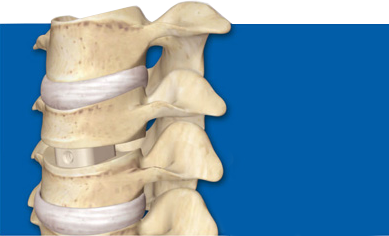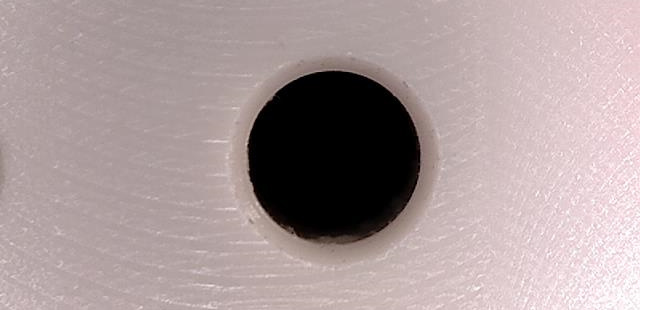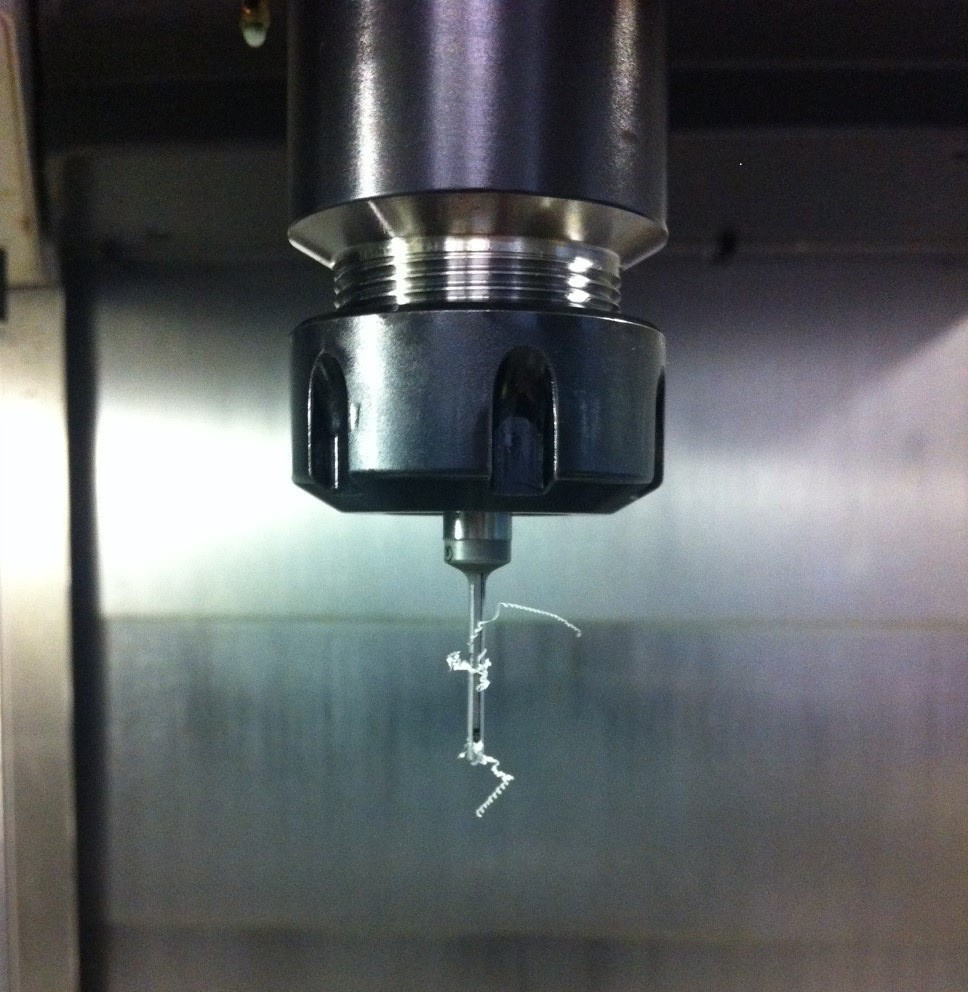The customer was looking for a solution to deburr/chamfer bores of back implants for the medical industry.
Deburring/Chamfering Polyether Ketone (PEEK) Bores of Back Implants
Deburring/Chamfering Polyether Ketone (PEEK) Bores of Back Implants

Challenge

Application Details
- Bore Ø2.0mm
- Material PEEK: Polyether ketone posesses a very high continuous service temperature, stiffness and hardness as well as a unique high tensile strength. The material is very similar to the human bone.

Solution
HEULE offers two solutions to the task. The first solution is a treatment with a SNAP2/2.0 standard chamfering tool with a working length of 10mm. The second possibility is a COFA2/2.0/H standard deburr tool.
Machining parameters:
SNAP: working speed chamfering 5000 rev/min, feed 0.1 mm/rev
COFA: working speed deburring 5000 rev/min, feed 0.05 mm/rev
Note:
The treatment has to be executed dry because processing of implants with coolant was not allowed in this situation.
The trial involves both tools (SNAP2/2.0/10 tool as well as the COFA-C2/2.0/H) in order to identify exactly the advantages and disadvantages for the customer.
Results
Both solutions provide convincing results. However, the SNAP solution delivers a few advantages. The blade change on the machine is easier. Furthermore, SNAP enables faster working speed in this application (the cutting data can still be corrected upward). Another advantage is that the SNAP, unlike the COFA, does not leave any compress shavings on the tool. The customer is very satisfied with both solutions.
Interested in the SNAP deburring tool? Visit the SNAP product page for more info.

